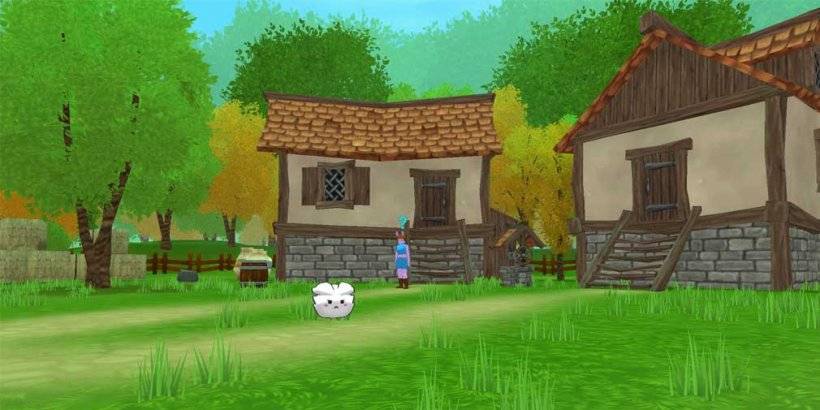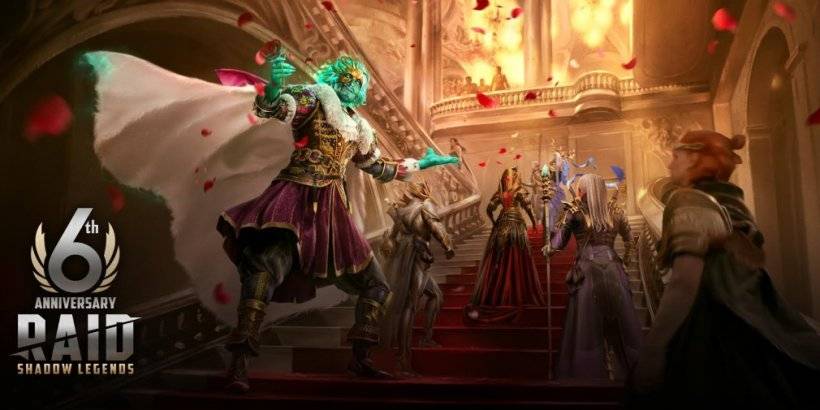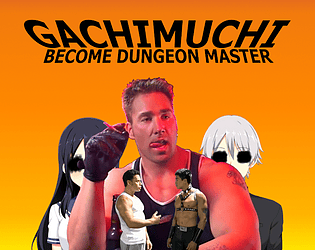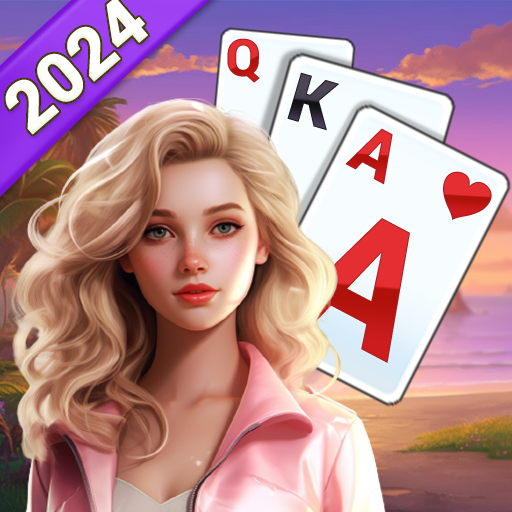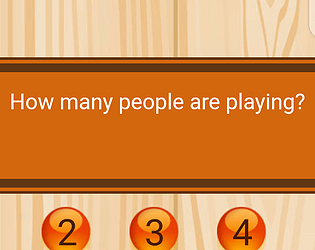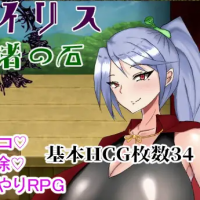Don't Nod's Lost Records: Bloom & Rage – A Nostalgic Trip Back to the 90s
Don't Nod, the studio behind the beloved Life is Strange, returns to its narrative roots with Lost Records, a captivating coming-of-age story infused with 90s nostalgia. This isn't just interactive cinema; it's a vibrant portrayal of carefree youth and enduring friendships. The game's immersive atmosphere, memorable characters, and impactful choices create an unforgettable experience.
Table of Contents
- Friends Reunited After 27 Years
- Choices Shape the Narrative
- Beautifully Imperfect Characters
- A Dreamy Town Setting
- Deliberate Slow Pace
Friends Reunited to Uncover Secrets from the Past After 27 Years
The narrative centers on four women whose friendship fractured 27 years prior. Swan Holloway, our protagonist, returns to her hometown of Velvet Bay for a reunion, only to discover a mysterious package from their shared past. This triggers a journey back to 1995, interwoven with the present day (2022), showcasing the passage of time and its impact on their lives. The game seamlessly shifts between these timelines, employing first-person perspective to highlight the contrast.
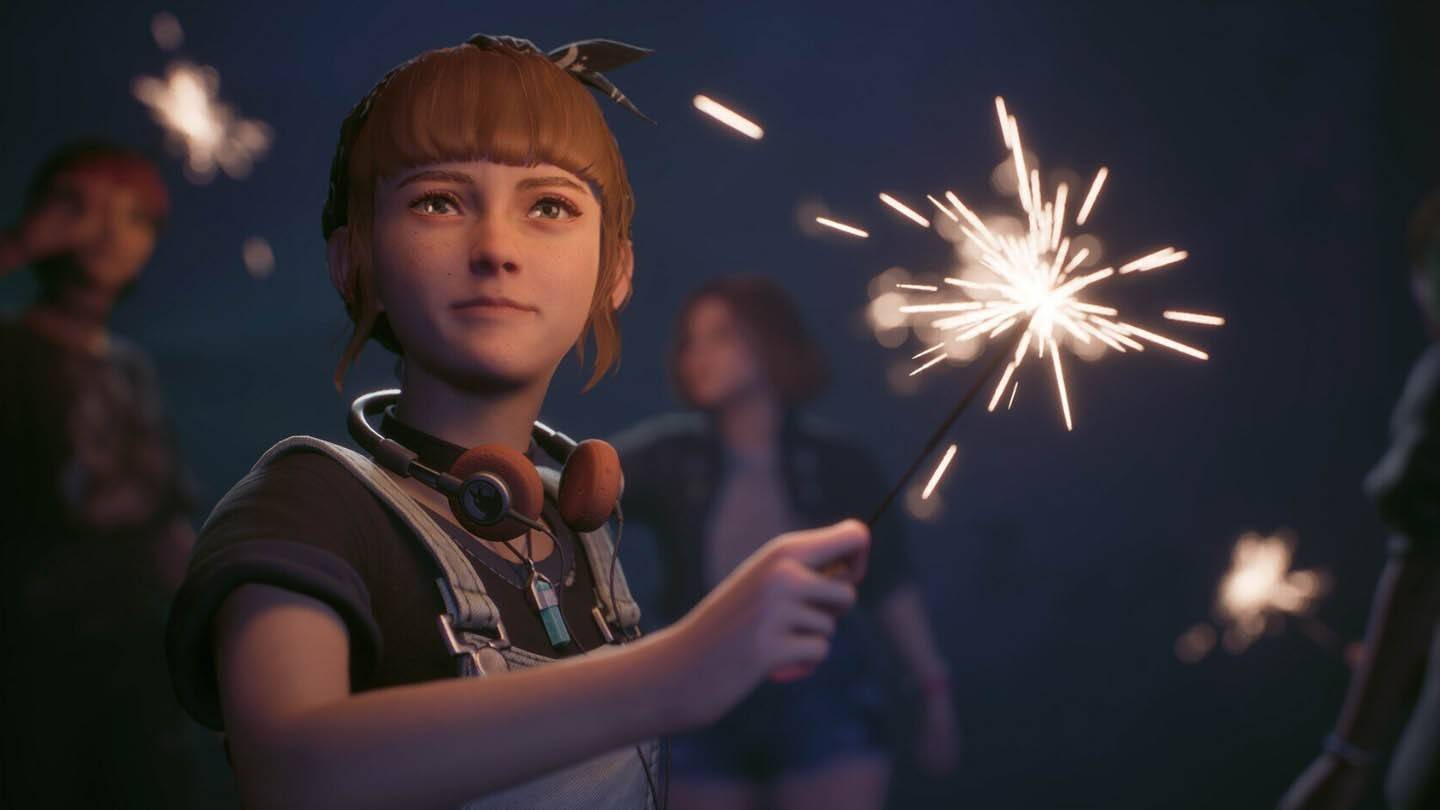
The majority of gameplay unfolds in 1995, where players explore richly detailed locations, build relationships, and document events using a vintage HVS camera. This video recording mechanic is crucial, mirroring Max's photography in Life is Strange. Swan captures everything from graffiti and wildlife to people and even paranormal occurrences. These recordings are compiled and commented on in a separate menu, adding depth to the narrative.
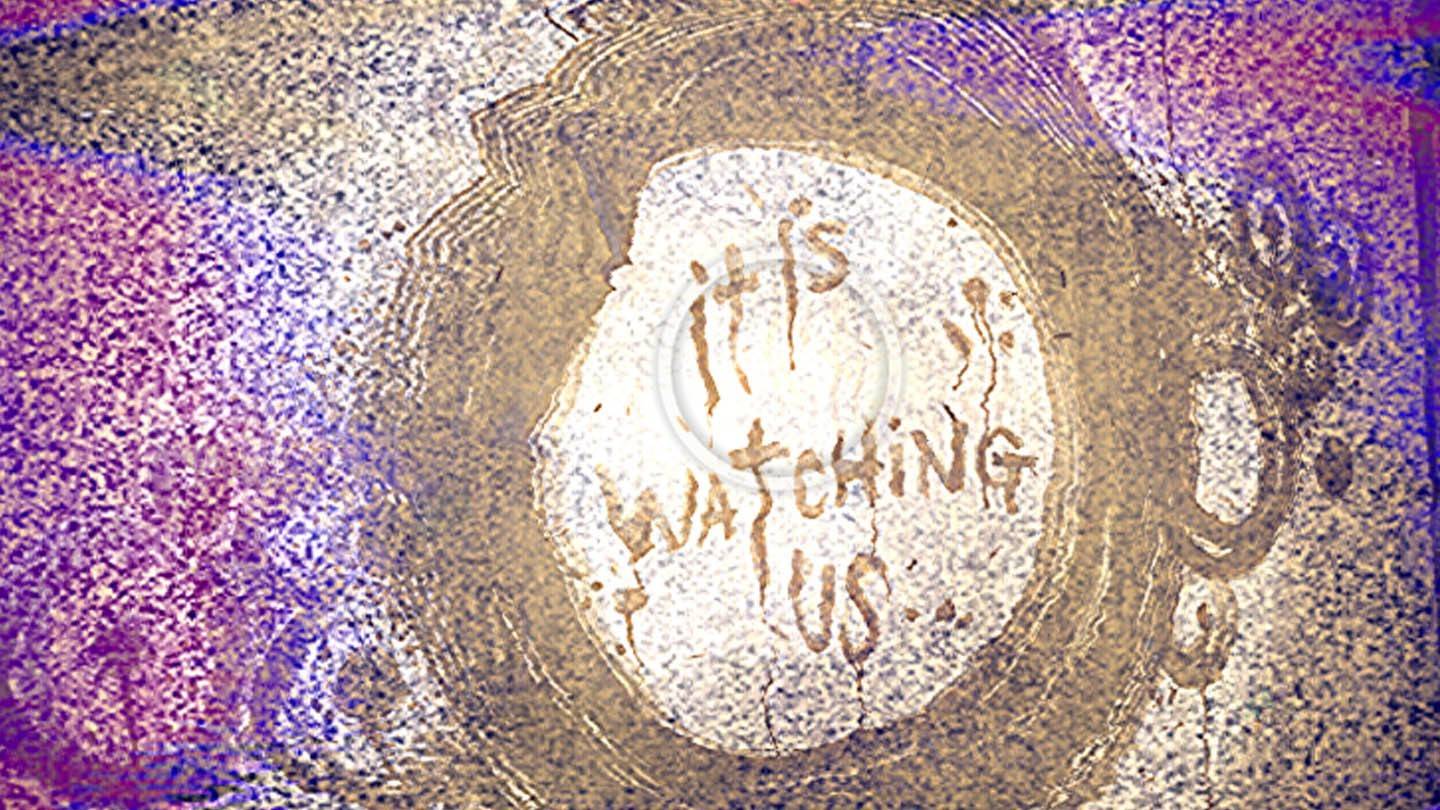
Choices Still Impact Surroundings, Dialogues, and Relationships
Lost Records maintains Don't Nod's signature attention to detail and interactivity. Choices, both large and small, have consequences. A seemingly insignificant decision, like whether to buy ice cream, can alter subsequent conversations and events. The game features real-time dialogue, reminiscent of titles like Oxenfree, allowing for interruptions and silences, adding authenticity to interactions. The freedom to cultivate relationships, or not, adds another layer of player agency.
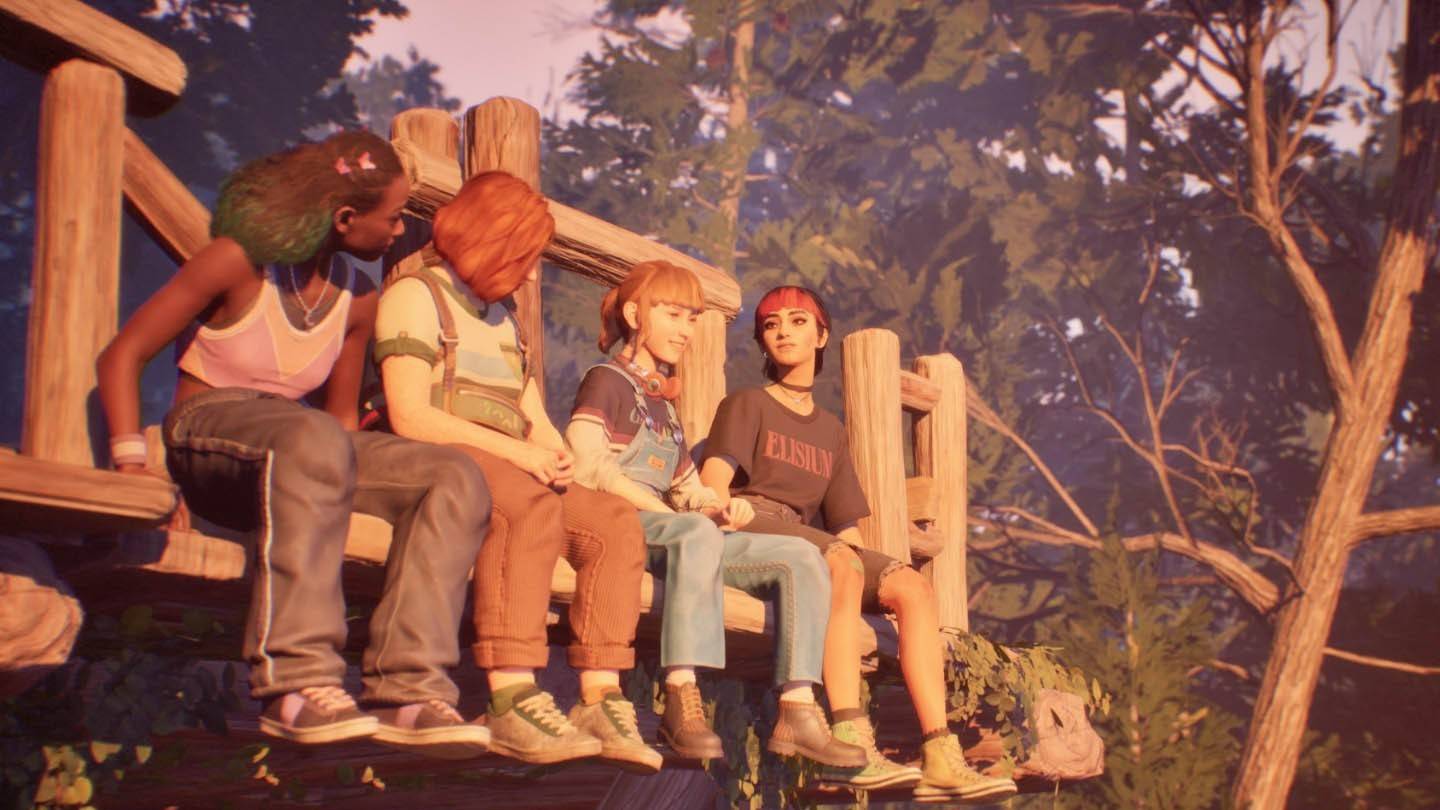
Bloom & Rage Creates Beautifully Imperfect Characters
Don't Nod excels in crafting relatable characters. Swan, a shy 16-year-old, is endearingly flawed and relatable. Her friends, Ottem, Kate, and Nora, are equally well-developed, defying typical archetypes. Their interactions feel genuine and authentic, capturing the complexities of teenage friendships.
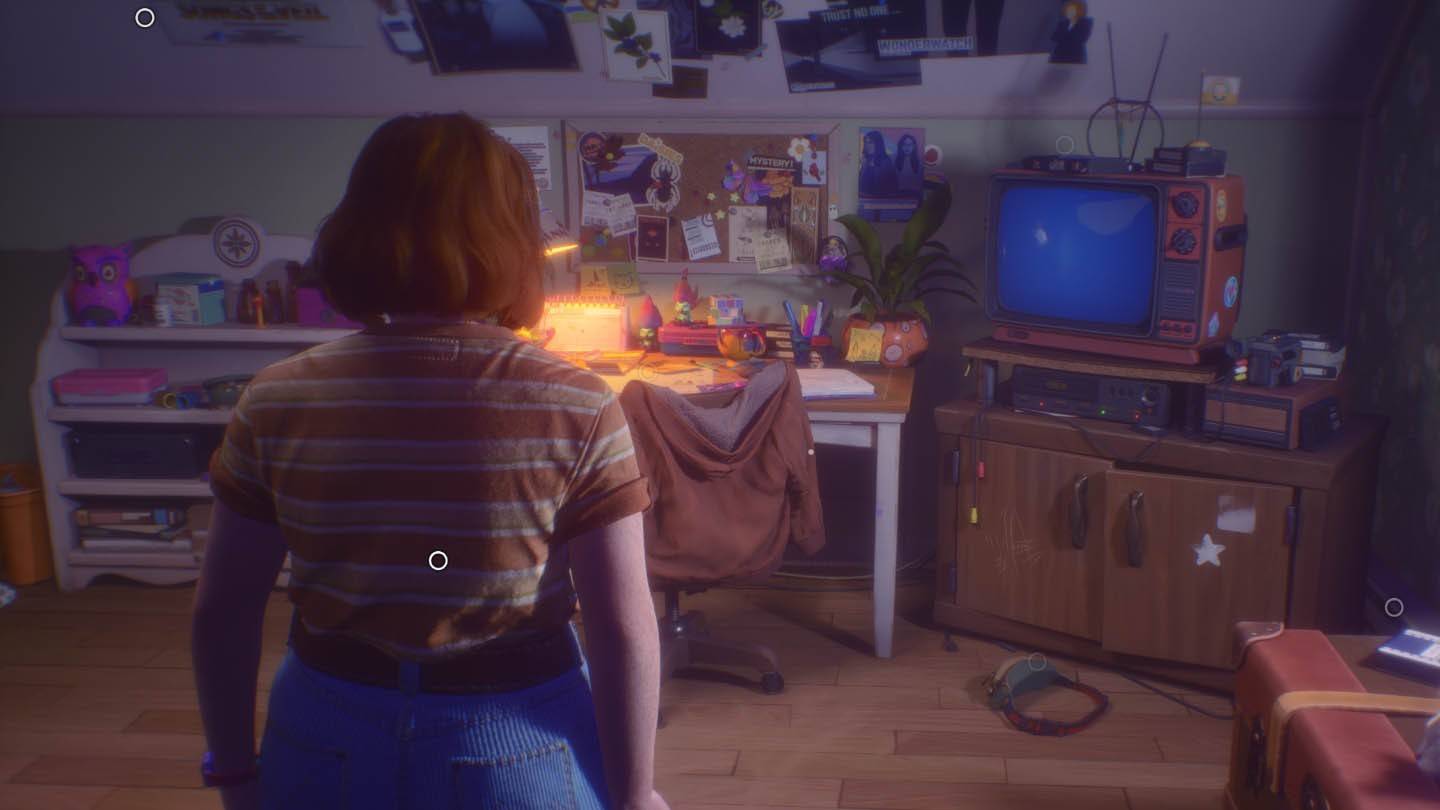
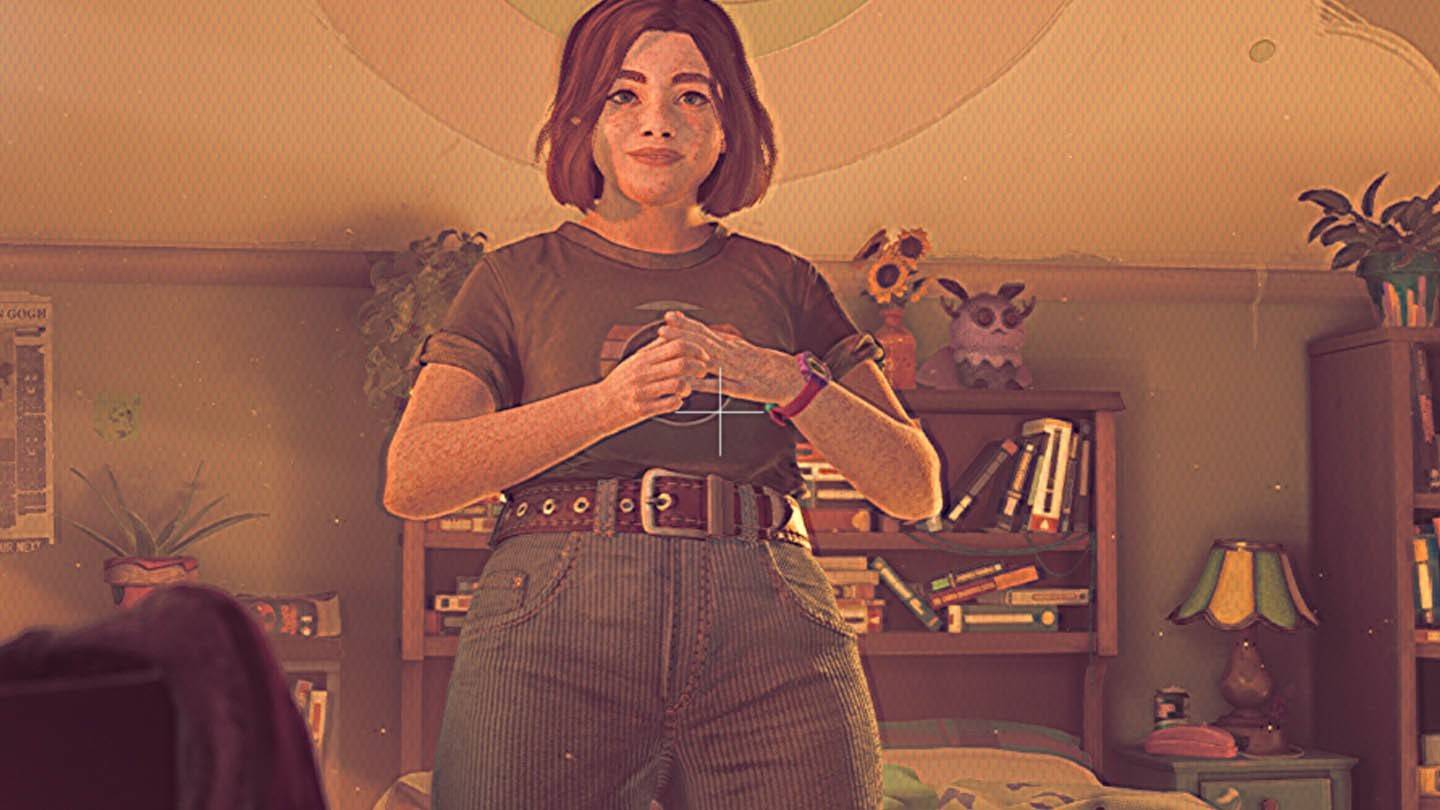
A Town Worth Dreaming About
Nostalgia is central to Lost Records. Swan's room, filled with iconic 90s artifacts, is a visual feast for those who grew up in that era. The game is peppered with pop culture references, from movies and TV shows to music and video games, creating a richly immersive environment. The soundtrack, a blend of dream-pop and indie-rock, perfectly complements the game's atmosphere. Velvet Bay itself becomes a character, transforming from a cozy daytime setting to a more mysterious place as night falls.
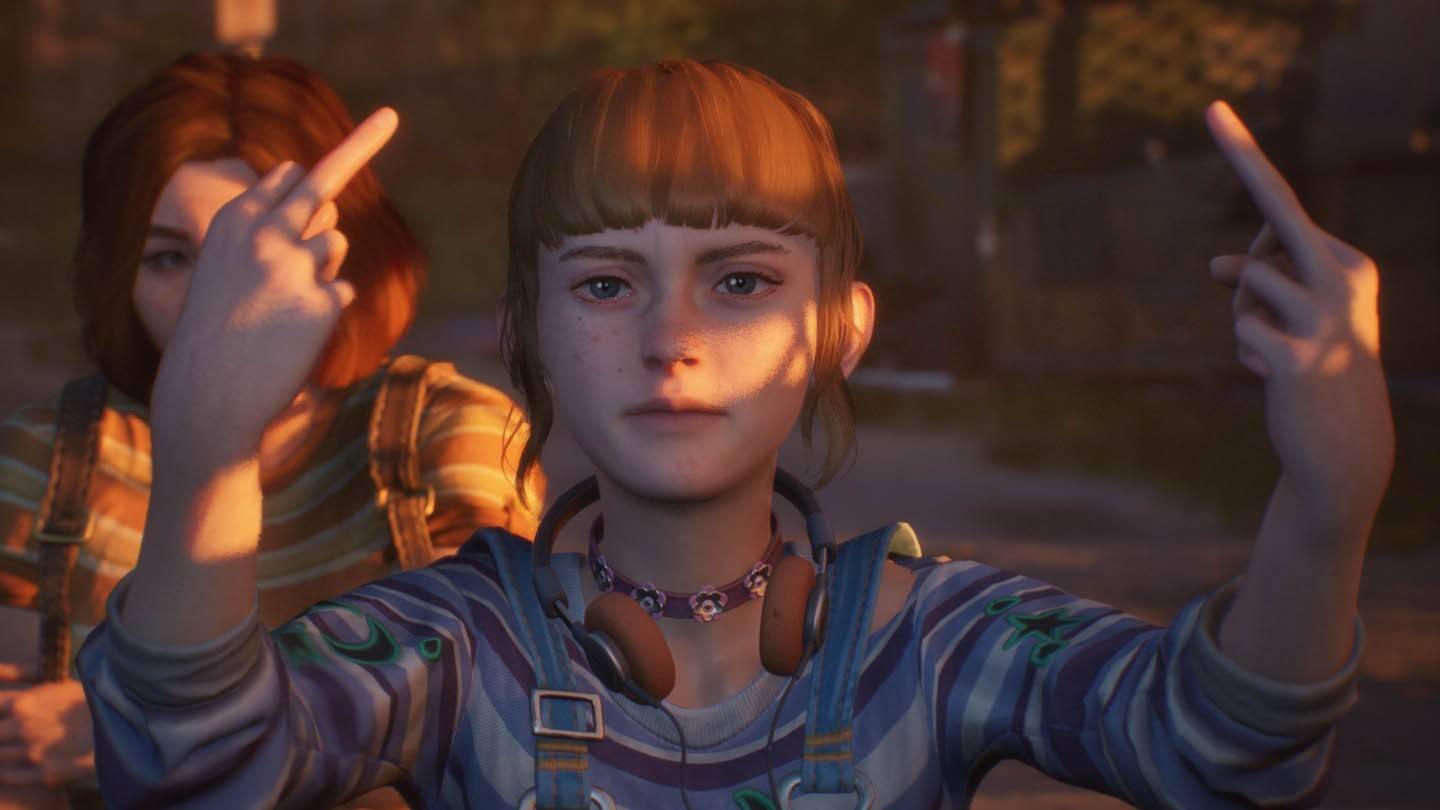
Slow-Paced Plot The Defining Feature of the Story
The game's deliberate pacing, while potentially divisive, allows for a deeper connection with the characters and setting. The mystery unfolds gradually, prioritizing character development and atmosphere over immediate plot progression. This measured approach builds tension effectively, culminating in a compelling cliffhanger at the end of the first episode.
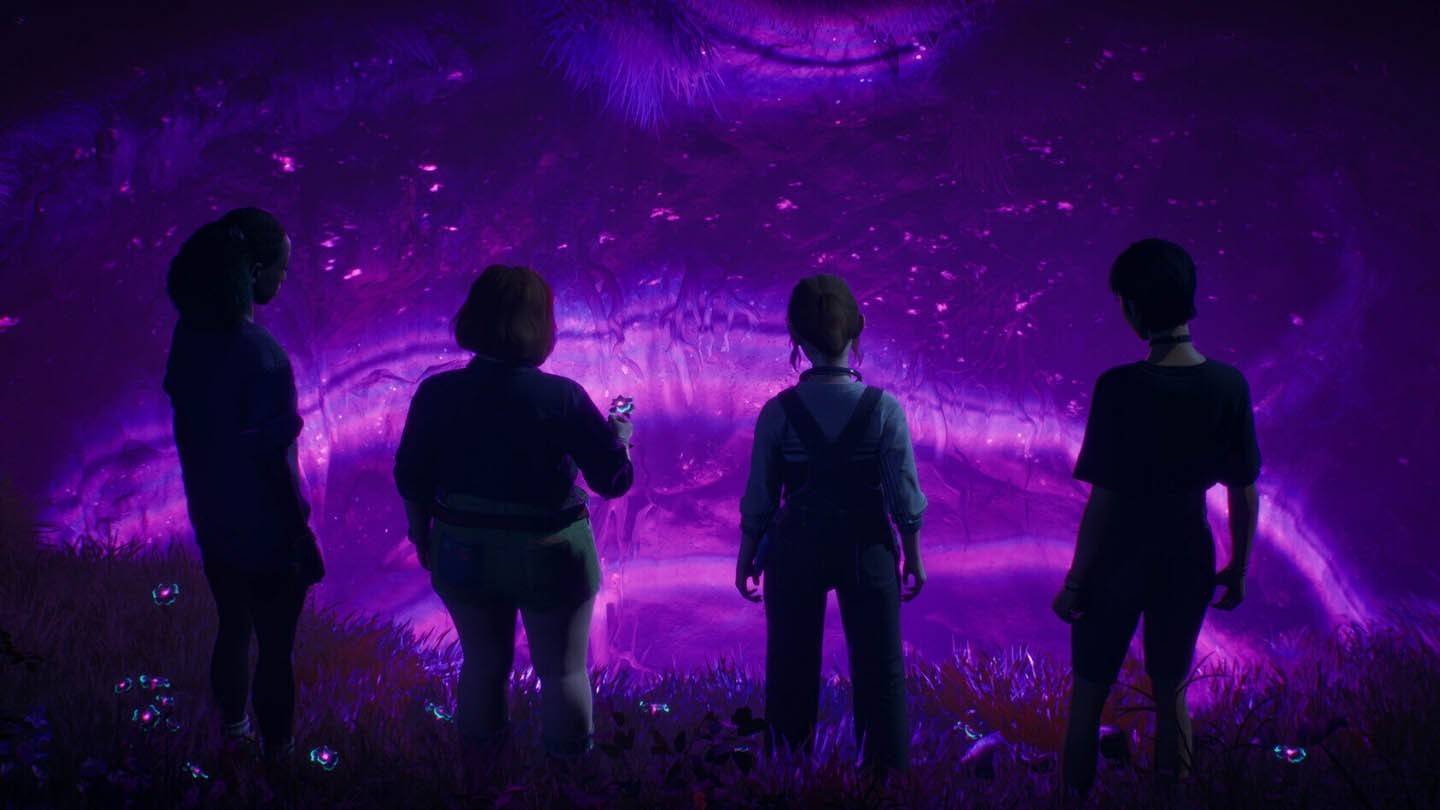
Lost Records: Bloom & Rage is a nostalgic and engaging experience, successfully capturing the essence of the 90s. Its relatable characters, impactful choices, and immersive world make it a promising entry in the interactive drama genre. The anticipation for the second episode, due April 15th, is high.

